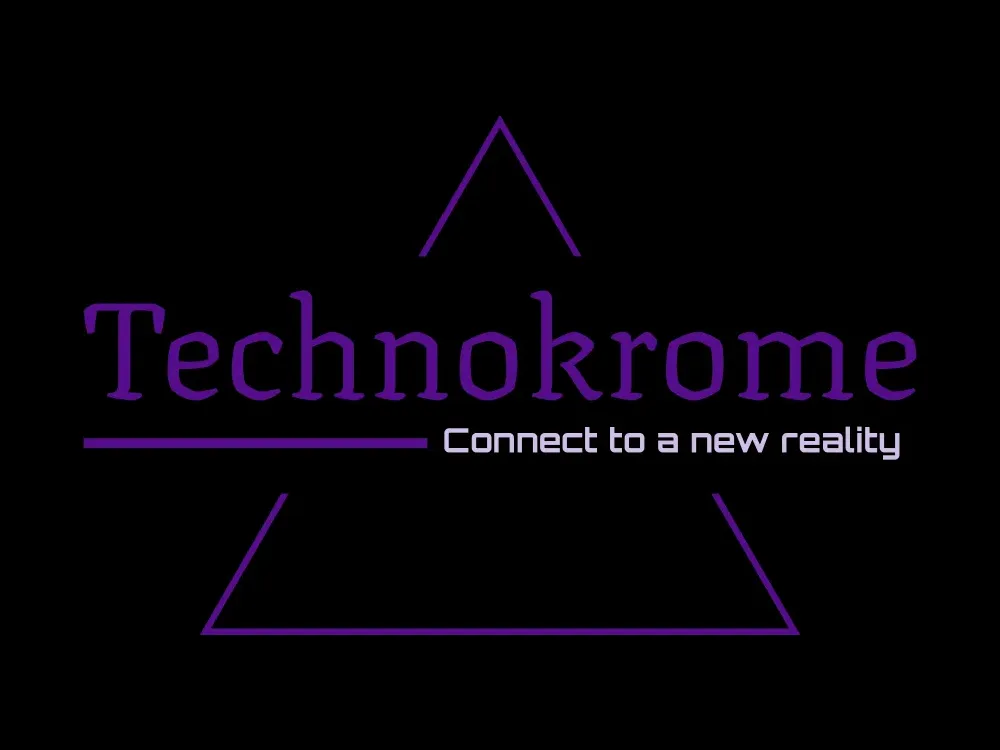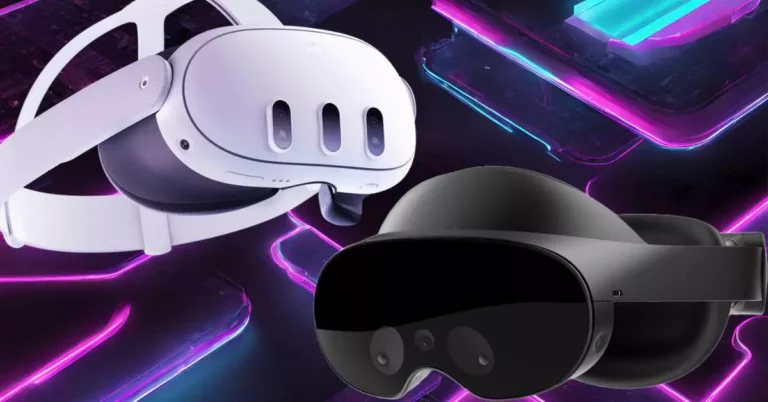What are some popular Metaverse applications available in 2023?
As of 2023, some popular Metaverse applications include Decentraland, Horizon Worlds, and the Sandbox. These platforms offer users a wide range of virtual experiences, from social interactions to gaming and creative expression.
How much will Metaverse glasses cost?
It is not yet known how much Meta AR glasses will cost for the general public. Meta, which so far has only launched VR headsets, is working on a pair of AR glasses – which maybe are years away from launch. The company plans to release a pair meant for development purposes next year.
Codenamed Artemis, Meta’s first pair of AR glasses, will not be made available to purchase until 2027, reports The Information. While the ambitions were high initially, Meta is now cutting some corners, as it tries to control spending.
How much does Metaverse VR cost?
This fall, the Metaverse VR, also known as the Meta Quest 3, will be released, offering a 128GB version priced at $499.99. There will also be an extra storage option for those who require more space, but the price for this option has not been specified yet.
Starting from June 4th, Meta has announced a price reduction for the Quest 2. The 128GB version will now be available for $299.99, a $100 price drop. Additionally, the 256GB version will be priced at $349.99, which is an $80 reduction from its previous price of $429.99.
What glasses to use for Metaverse?
If you are looking to participate in the Metaverse, here are some general types of glasses and devices that could be relevant:
- Virtual Reality (VR) Headsets: These are immersive head-mounted displays that block out the physical world and immerse you entirely in a virtual environment.
VR headsets like Oculus Rift, HTC Vive, or PlayStation VR provide a high-quality VR experience for gaming, social interactions, and various other applications. - Augmented Reality (AR) Glasses: Unlike VR headsets, AR glasses overlay virtual elements on the real-world environment.
Devices like Microsoft HoloLens and Google Glass fall into this category and can be used for interactive experiences that blend virtual and physical elements. - Mixed Reality (MR) Devices: These devices combine aspects of both VR and AR, allowing users to interact with both virtual and real-world objects.
Some VR headsets, like the Microsoft HoloLens, have MR capabilities. - Smart Glasses: These glasses can connect to the internet and display information like notifications, messages, and apps.
While not specifically designed for the Metaverse, they could potentially be used to access certain aspects of it.
How much do VR glasses cost?
They can cost anywhere between $1500 to $3000.
Sources indicate that the company will use older display technology and lenses for its AR glasses.
The decision is to opt for Liquid Crystal on Silicon (LCoS) instead of MicroLED displays. LCoS, an older display technology from the 1990s, was initially used for movie projectors.
However, it might not produce very bright pictures, which is crucial for AR products. AR glasses or headsets need to project graphics onto the real world, even in well-lit environments.
What are the possible uses of Metaverse glasses in different industries like education, entertainment, and healthcare?
Metaverse glasses have many potential applications across various industries. In education, they can create immersive learning experiences where students explore virtual environments, interact with 3D models, and engage in simulations.
For entertainment, Metaverse AR glasses can enhance gaming, offer access to virtual concerts and events, and revolutionize storytelling.
In healthcare, they can facilitate remote consultations, medical training, and virtual rehabilitation programs.
Even in industries, they are starting to transform manufacturing processes, improving workplace efficiency and production.
Do I need VR glasses for Metaverse?
VR glasses could offer a more immersive and engaging experience within the Metaverse, especially for VR-specific applications.
Nonetheless, it is possible to explore parts of the Metaverse without VR glasses through other devices and interfaces.
That said, some Metaverse experiences may be accessible without VR glasses. For instance:
- Augmented Reality (AR) Experiences: Some Metaverse applications may be accessible through AR glasses or devices, allowing users to overlay virtual content onto the real-world environment.
This could include interactive displays, virtual art installations, or AR-based social interactions. - Desktop and Mobile Access: Certain Metaverse platforms and experiences may offer desktop or mobile versions, allowing users to participate without VR or AR hardware.
These versions might not provide the same level of immersion but could still offer meaningful interactions. - 2D Interfaces: Metaverse applications might provide 2D interfaces that can be accessed through regular screens, similar to traditional computer or mobile applications.
While this approach might limit the level of immersion, it allows for broader accessibility.
Why are VR Glasses so expensive?
- Advanced Technology: VR headsets incorporate sophisticated technology, such as high-resolution displays, motion tracking sensors, and powerful processors.
These components contribute to a realistic and immersive VR experience, but they come with a significant cost. - Research and Development: VR technology has been evolving rapidly, and the development of such headsets required substantial investment in research and development.
Manufacturers have been continuously improving their devices to enhance performance and reduce motion sickness, which adds to the overall cost. - Limited Market: Lets be honest – VR headsets are not as widely adopted as traditional gaming consoles or smartphones.
The limited market size meant that the cost of development and production had to be spread over a smaller number of units, resulting in higher prices for consumers. - Economies of Scale: The relatively low production volume of VR headsets compared to mainstream consumer electronics like smartphones and TVs meant that the economies of scale are not fully realized.
Mass production of consumer electronics tends to reduce costs, but VR headsets are not at that stage yet. - Competition: While there are multiple manufacturers producing VR headsets, the competition isnt’t as intense as in other consumer electronics markets.
As a result, there was less price pressure on companies to lower their prices. - Additional Accessories: Some VR headsets require external sensors or controllers to provide a complete VR experience, which adds to the overall cost if not included in the base package.
The VR industry has been evolving rapidly, and the landscape may change sooner than later. Manufacturers have been working on improving affordability and accessibility, and newer, more budget-friendly headsets have been introduced to the market.
Not to mention, advancements in technology and an increase in demand for Mixed Reality experiences may have even lead to more competitively priced devices. Here’s hoping!
As with any technology, the prices of headsets are subject to change based on market dynamics, technological advancements, and consumer demand.





